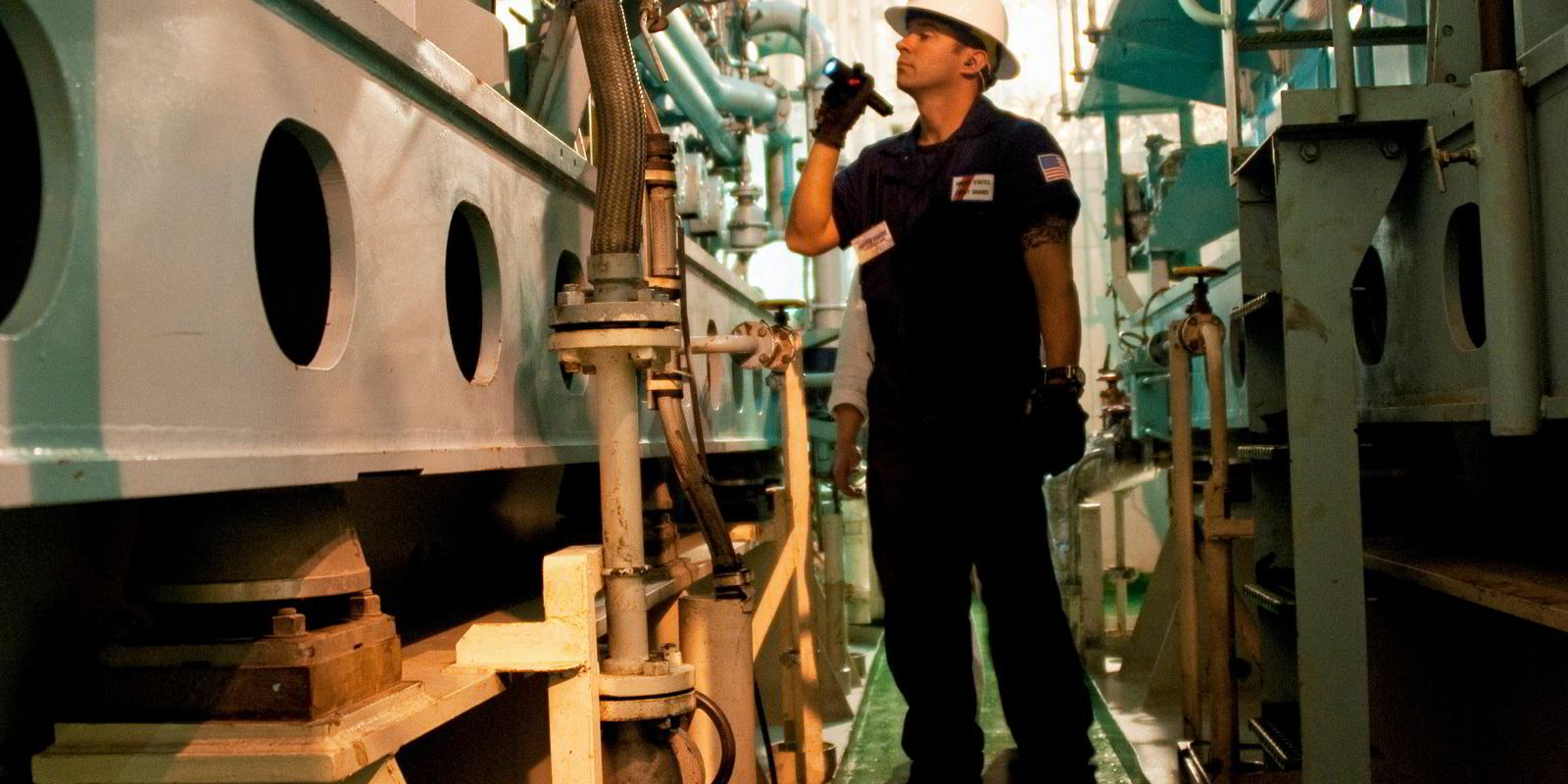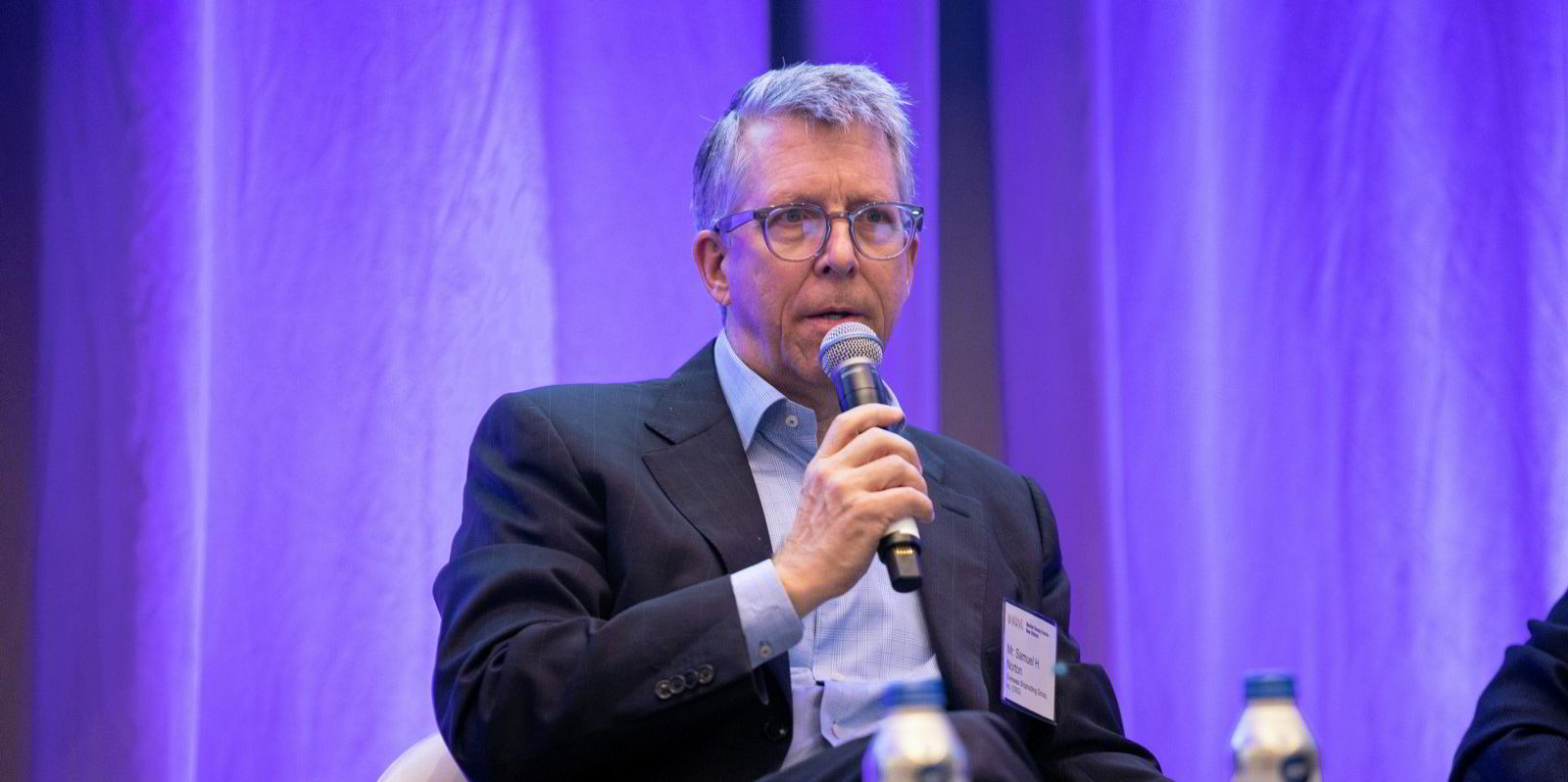Should the need arise, could the US mobilise its forces to a sustained major conflict in Asia?
For some in Washington, that raises another question: Are there enough US mariners to crew the ships that would be required to carry fuel and materiel for such an endeavour?
Some voices in both the US-flagged shipping sector and in the halls of power have said the current market for US seafarers is facing a “mariner shortage” that leaves some positions on vessels unfilled and poses challenges for military readiness.
After all, the US Jones Act and other laws that encourage ships to fly the Stars and Stripes and employ US seafarers are not just about protecting jobs. The merchant marine also serves as an ocean transport auxiliary to the US Navy that can be called up in times of military need.
Officials with the US Maritime Administration, the military and Congress referred to a mariner shortage repeatedly in a recent hearing in the US House of Representatives on military readiness.
Among them was Air Force General Jacqueline Van Ovost, who leads the US Transportation Command.
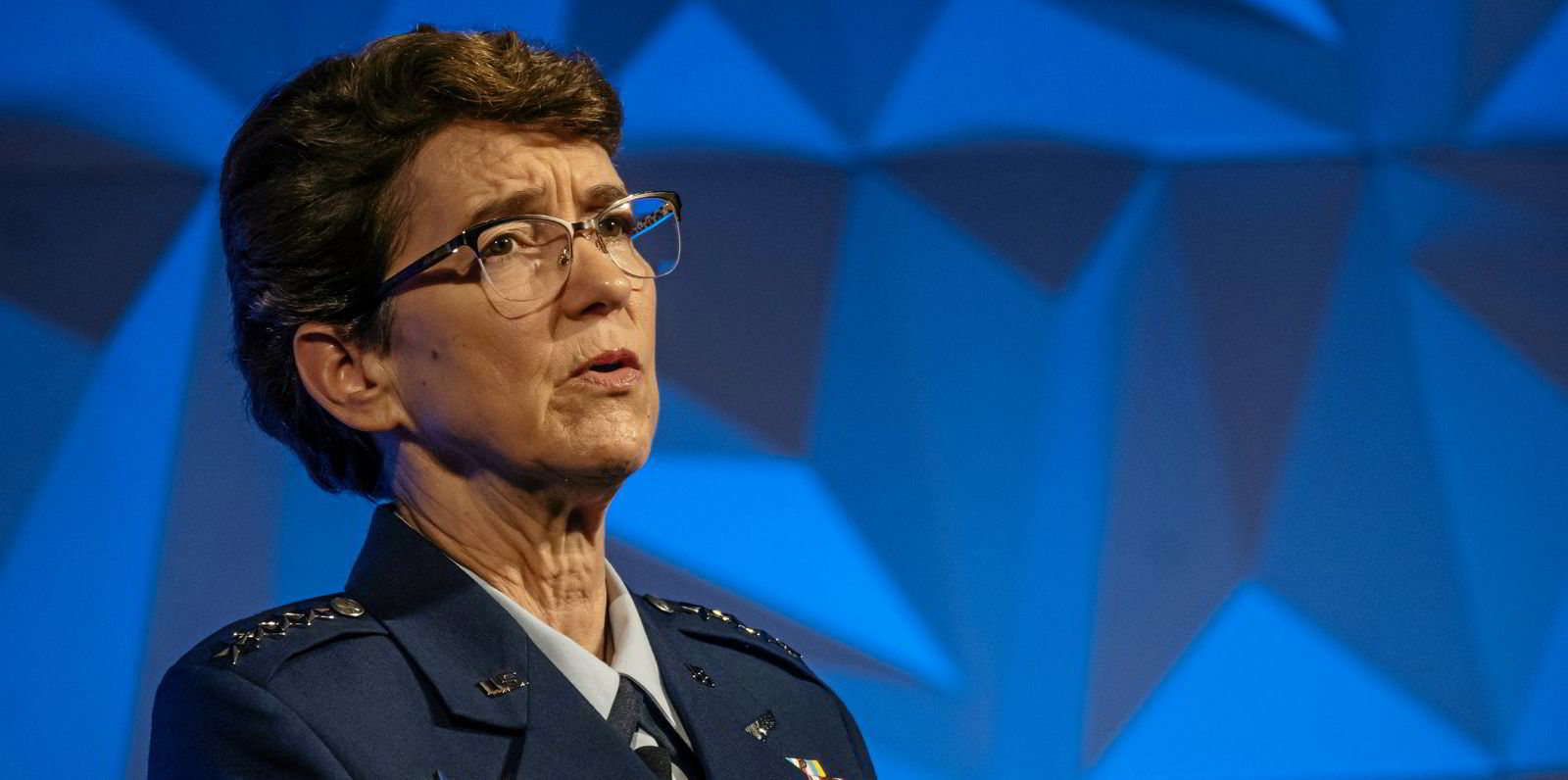
“Maritime stakeholders have been experiencing challenges with recruiting and retaining mariners,” she told the House Armed Services Committee. “We support MarAd and industry efforts to identify strategies that address the mariner shortage and ensure their readiness.”
Maritime administrator Ann Phillips said MarAd is working to address the mariner shortage with efforts such as the creation of the Tanker Security Program, which provides subsidies for US-flagged product tankers and is estimated to create around 500 new seafarer jobs, or initiatives to ensure ships are safe working environments.
‘Not confident’
But she pointed to the numbers, from data collected before the Covid-19 pandemic, that showed a shortfall of 1,800 US mariners if MarAd had to activate its Ready Reserve Fleet over a six-month cycle.
At the hearing, Republican congressman and committee chairman Michael Waltz asked Phillips, a former US Navy admiral, if she was confident that MarAd would have the manpower to activate a fleet of 50 ships if they had to be quickly placed into service.
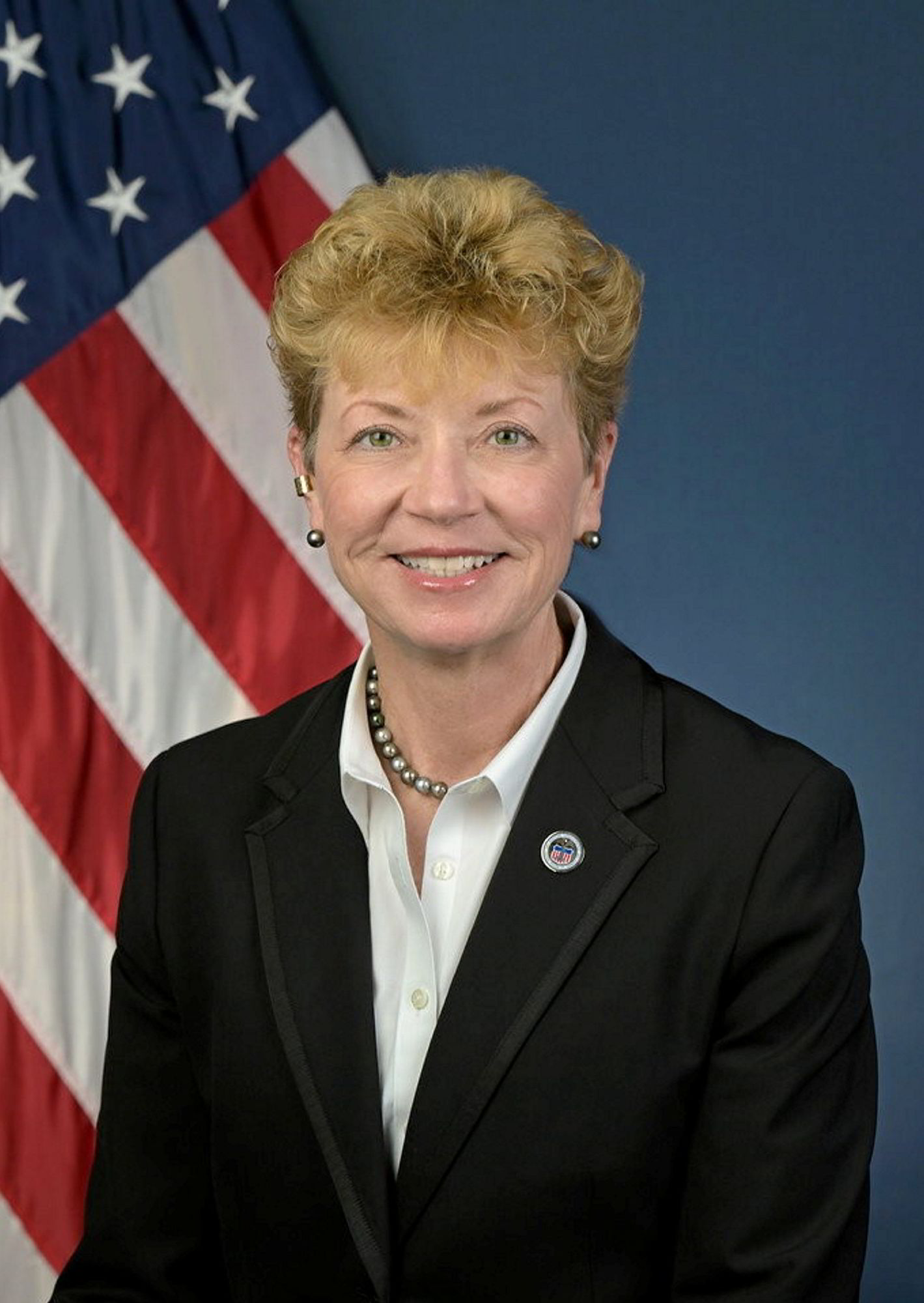
“I am not confident all those ships would be manned. I think I should be extremely straightforward there,” she said, noting that MarAd is tackling the problem on four lines of attack: recruitment, training, retention and reducing barriers.
But Waltz, a US Army officer who continues to serve in reserves while in Congress, found Phillips’ answer alarming.
“That is a red star cluster. That is a blinking red light,” he said at the late March hearing. “First of all, I don’t know that all the ships would even sail, frankly, according to some exercises, and yet we don’t have the mariners.”
Some in the US-flagged shipping space expressed doubts about the estimated shortfall of 1,800 mariners, but others believe the shortage may have even increased beyond that after the Covid-19 pandemic impacted the training of new seafarers as veterans headed for retirement.
Some shipping executives in the Jones Act and wider US-flagged markets said they are experiencing a mariner shortage even for the ships operating today.
They said among factors fuelling the present situation is the fallout from the pandemic, including a lengthy closure of a Seafarers International Union facility in Piney Point, Maryland, that trains unlicensed US crew members like able-bodied seamen.
Auguie Tellez, executive vice president at the union, told TradeWinds that the school has been back to a full course for a year.
“But we base our recruiting and training schedules on the inevitable attrition that occurs in our industry,” he said, pointing to retirement and seafarers moving to other industries.
“The pandemic hurt in more ways than one. It forced the school’s temporary closure while the natural attrition continued, and also undoubtedly led to a larger-than-usual number of people leaving.”
He said the mariner shortage is an urgent matter that will take industry-wide collaboration to solve, but the union sees viable steps that the industry can take to bounce back.
Tellez said the union supports the US Coast Guard’s desire to update its mariner documentation system and has called for federal financing to modernise credentialling.
“Here again, the pandemic exacerbated a problem: document processing slowed or stopped at the height of the crisis, and the agency has been playing catch-up ever since the industry started returning to normal,” he said.
Tellez said regulatory burdens for seafarers to upgrade their positions should be reduced.
And he argued that mariners need more jobs.
The squeeze
Samuel Norton, chief executive at tanker owner Overseas Shipholding Group, said the impact of the pandemic left the sector squeezed on both ends.
“You had no new incoming recruits, and you had accelerated and accentuated retirements,” he said.
The result was that shipping companies such as OSG, which owns a fleet of Jones Act tankers and a few US-flagged vessels in international markets, were “sailing short” — that is, with a smaller crew complement than their standard operating procedures.
But Norton pointed to a deeper problem: there is less interest among young people in a career in shipping.
Online capabilities
One of the ways OSG and other companies are tackling that is by striving to create a working environment that younger seafarers want to work in. He said that means better online access.
Like many in the US-flagged sector, Norton said the US needs to do a better job of communicating the opportunities of a seafaring career, where crew are paid well.
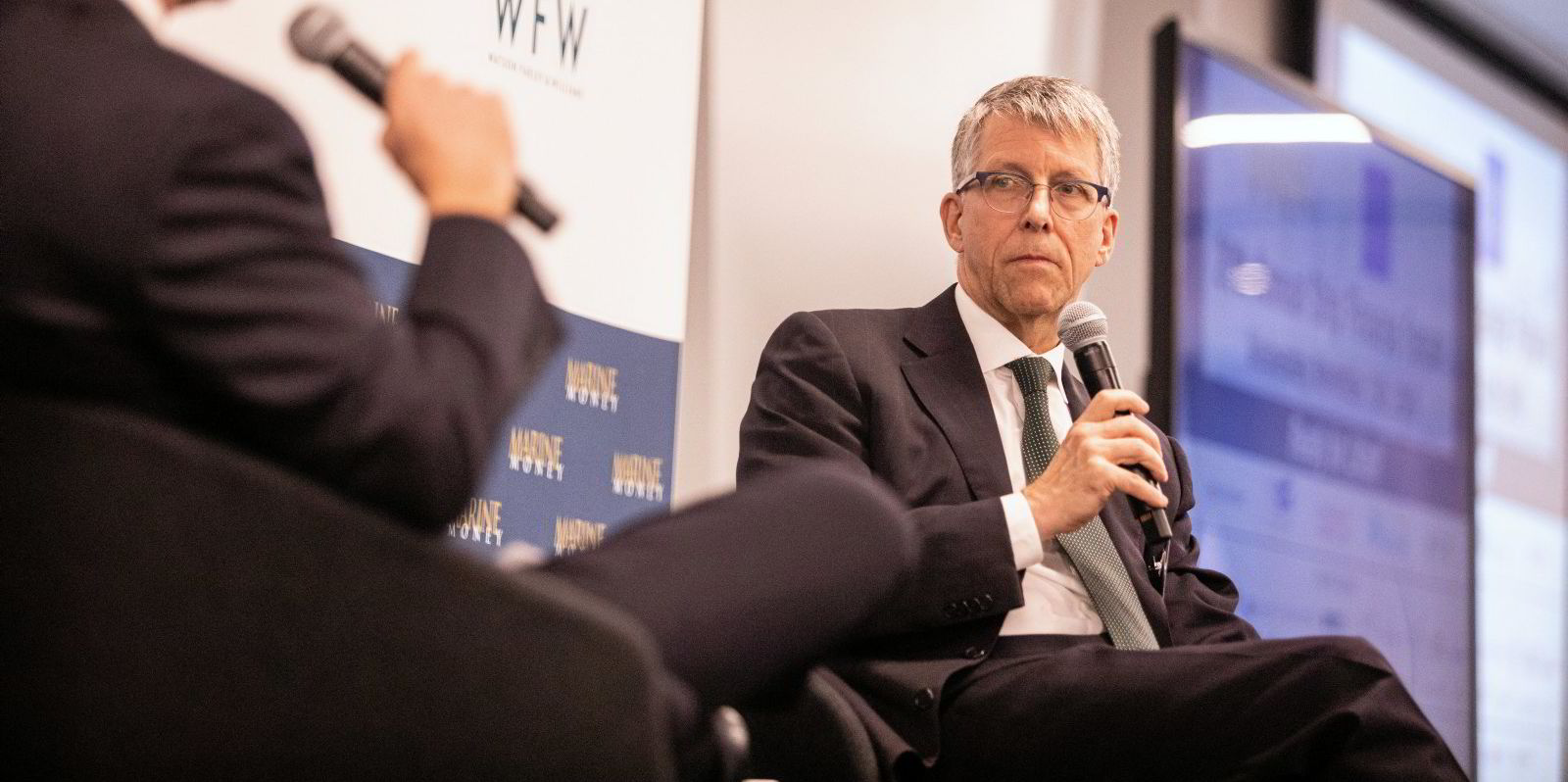
“Future seafarers need to believe that there is a stable, well-paying job at sea for them,” Norton said.
“The main thing is that in order to sell a career, we have to demonstrate that that career is a lifetime career. Because in order to build your way up through the ranks to an officer on a US-flag ship, it takes many years.”
No offshore pinch
But not all in US-flagged shipping believe the seafaring labour market is facing a shortage.
Aaron Smith, chief executive of the Offshore Marine Service Association (OMSA), said his group’s members have increased mariner hiring at all levels as the offshore vessel market has strengthened.

“Many OMSA members have reported finding numerous — dozens if not hundreds — of previously credentialled candidates that they were able to hire since the upturn in the offshore markets,” he told TradeWinds.
He said OMSA speculates that many international firms and offshore developers have highlighted mariner shortages as a way to use foreign mariners in US waters — a trend he called “disingenuous and unhelpful”.
Offshore wind
The subject of mariner shortages has become a matter of debate in the offshore world as developers work to build wind farms in US waters, where many vessel activities fall under the Jones Act requiring US-built and US-crewed ships and where US lawmakers have pushed for US-citizen manning requirements for other vessel activities.
Smith said his industry group has proposed to the Coast Guard ways to ease bureaucratic hurdles in entering the seafaring career but is awaiting a formal response from the agency.

The OMSA chief executive said MarAd’s own report found that the best way to increase the merchant marine is through programmes that promote the employment of US mariners in both domestic and international shipping.
“The merchant marine continues to be a great family-supporting job for thousands of Americans, but those Americans need to know that they will not face unfair competition from foreign mariners who command a much lower day rate in order to enter or stay in the workforce,” Smith said.
Tanker initiatives
In the tanker space, there have been some recent initiatives that promise to boost the US-flagged product carrier fleet.
Ten vessels have been approved for the Tanker Security Program, including three owned by OSG, and an expansion to 20 ships is planned.
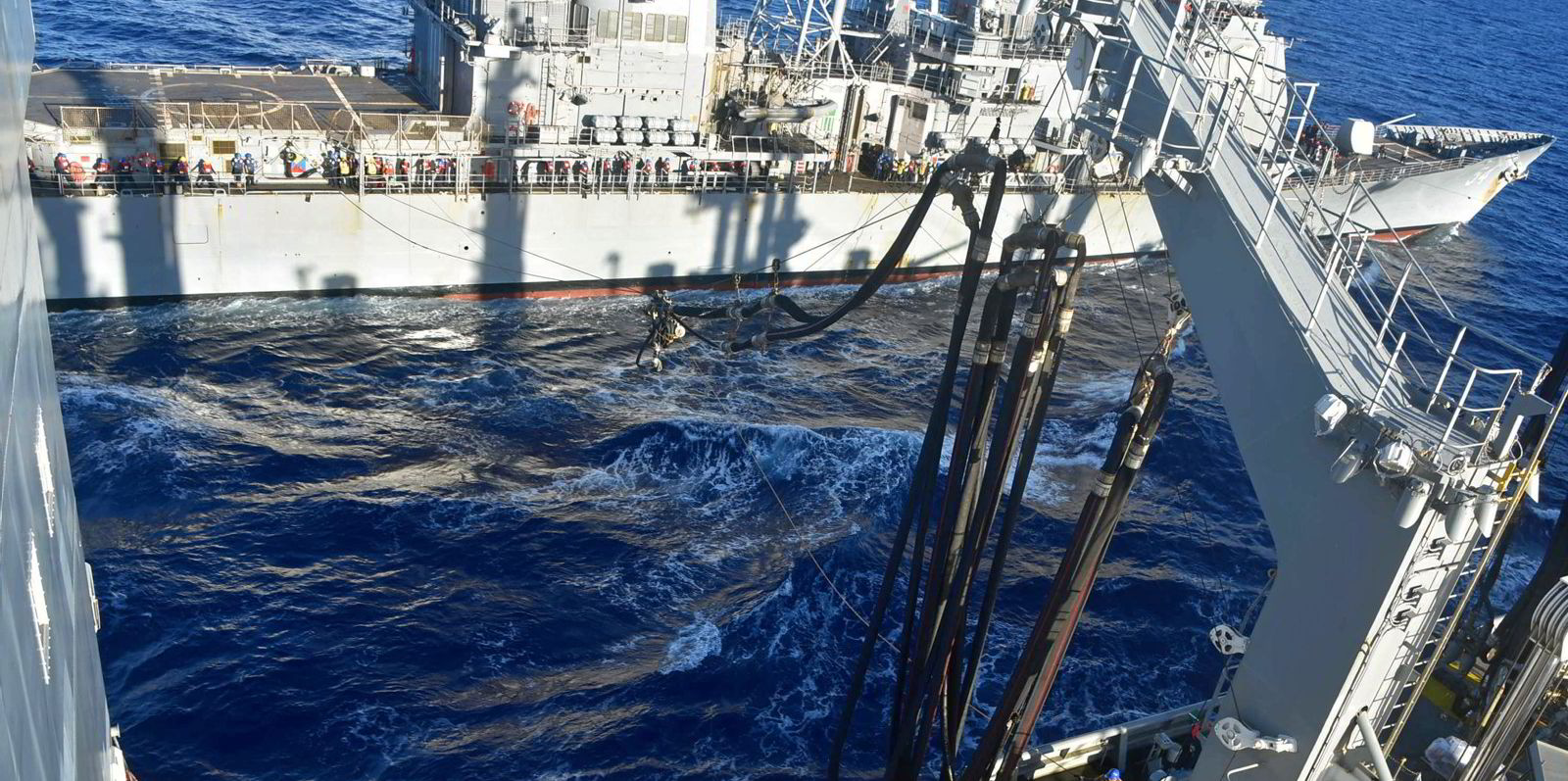
The US Navy is also on the hunt for six tankers to serve fuelling and storage needs for its Pacific fleet as part of plans to close down an underground fuel storage facility in Hawaii.
OSG’s Norton estimates that the eight additional ships in the Tanker Security Program — that is, those not already enrolled in another US-flagged subsidy programme — and the six tankers for the navy tenders will each need 50 additional US seafarers.
Hiring challenges
In today’s market, it may be challenging to fill those ships with seafarers, particularly officers given the rules of rising through the ranks.
Norton said that if the US Department of Defense asked him to acquire five tankers to bring to the US flag, he could get the ships tomorrow.
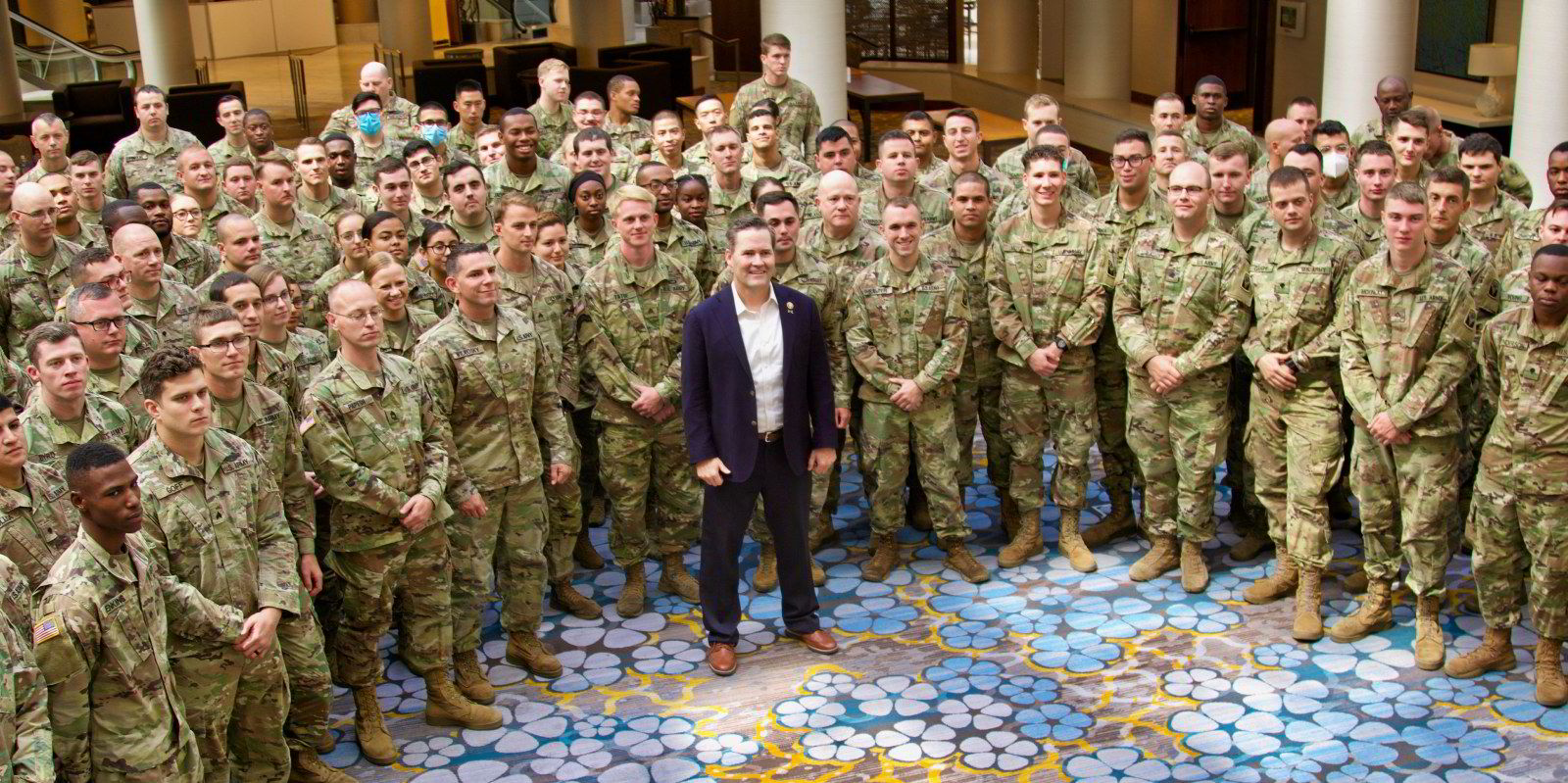
“I can’t find the people to put on that ship tomorrow,” he told TradeWinds.
But in the long term, the expansion of the US tanker fleet will expand the number of platforms through which long-term jobs are available.
Thousands of jobs needed
He believes the situation calls for the creation of another 2,000 to 3,000 US seafarer positions.
“If you want to induce people to make maritime a career, they need to see that the jobs are there for not just the next several years, but for decades to come, that the US-flag fleet is stable and expanding, that there are promotional opportunities, and then you need people to then come in and get trained up,” Norton said.
MarAd data, last updated in January 2022, lists some 178 privately owned, US-flagged tankers, bulkers, car carriers, container ships and other cargo vessels. Of those, 93 are US-built vessels that can operate in the domestic trades protected by the Jones Act.
That is an improvement on the 169 reported in 2016, but well below the 282 ships reported in January 2000 and a far cry from the 1,249 ships under the US flag in 1953, according to MarAd data.
New found attention
But Russia’s invasion of Ukraine and growing concerns over sabre rattling in Asia has focused more attention on the role of US-flagged shipping in military sealift for future conflicts.
John McCown, a former liner industry executive who now runs Blue Alpha Capital and is a non-resident fellow at Navy League-backed research institute Center for Maritime Strategy, has written that the merchant marine no longer has the universal support it once had with policymakers and the US public.
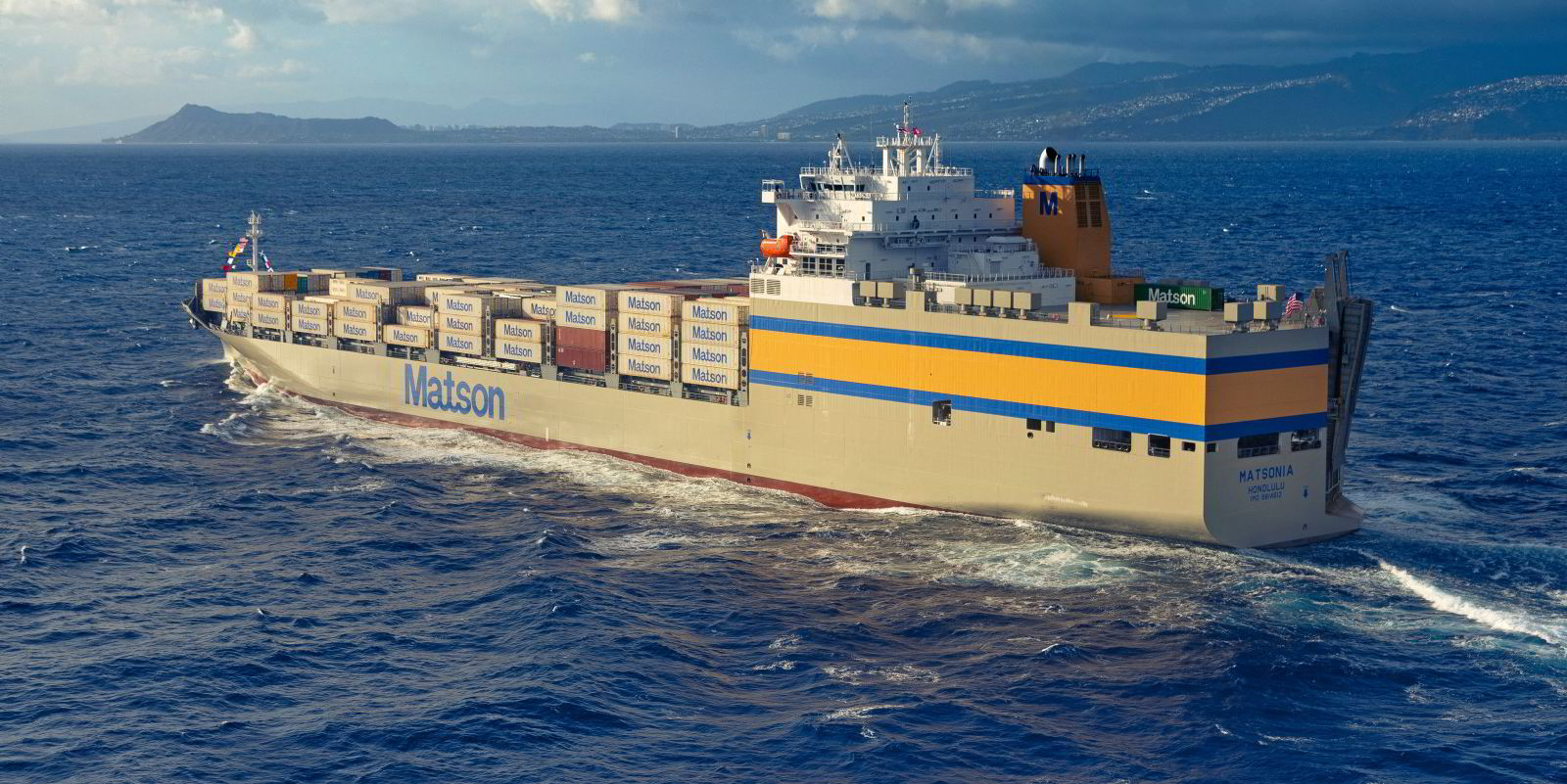
But he said the US maritime logistics force is inadequate for a high-level conflict.
And he pointed out that the Chinese-flag fleet is now 10 times that of the US amid strong support from Beijing.
McCown said what is needed is not growth on the margins, but “shock therapy” with major support for US-flagged shipping’s dual commercial and maritime purposes. He told TradeWinds that he would like to see a portion of US LNG exports dedicated to US-flagged ships, and he would welcome more efforts such as the Tanker Security Program.
He said building up the US-flagged fleet is linked to drawing US citizens into seafaring and graduates of maritime academies to take careers at sea.
“As we build our sealift capacity, that makes it more attractive, and we’ll have people staying in the industry and the graduates go on to those shipboard jobs,” he said.

